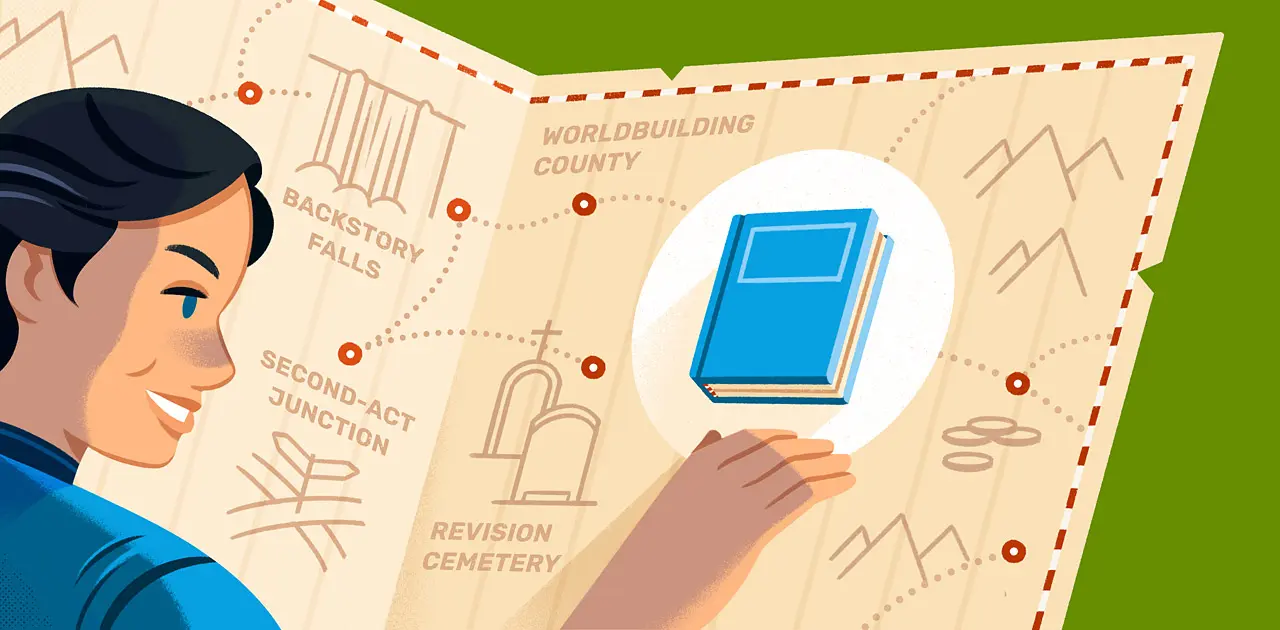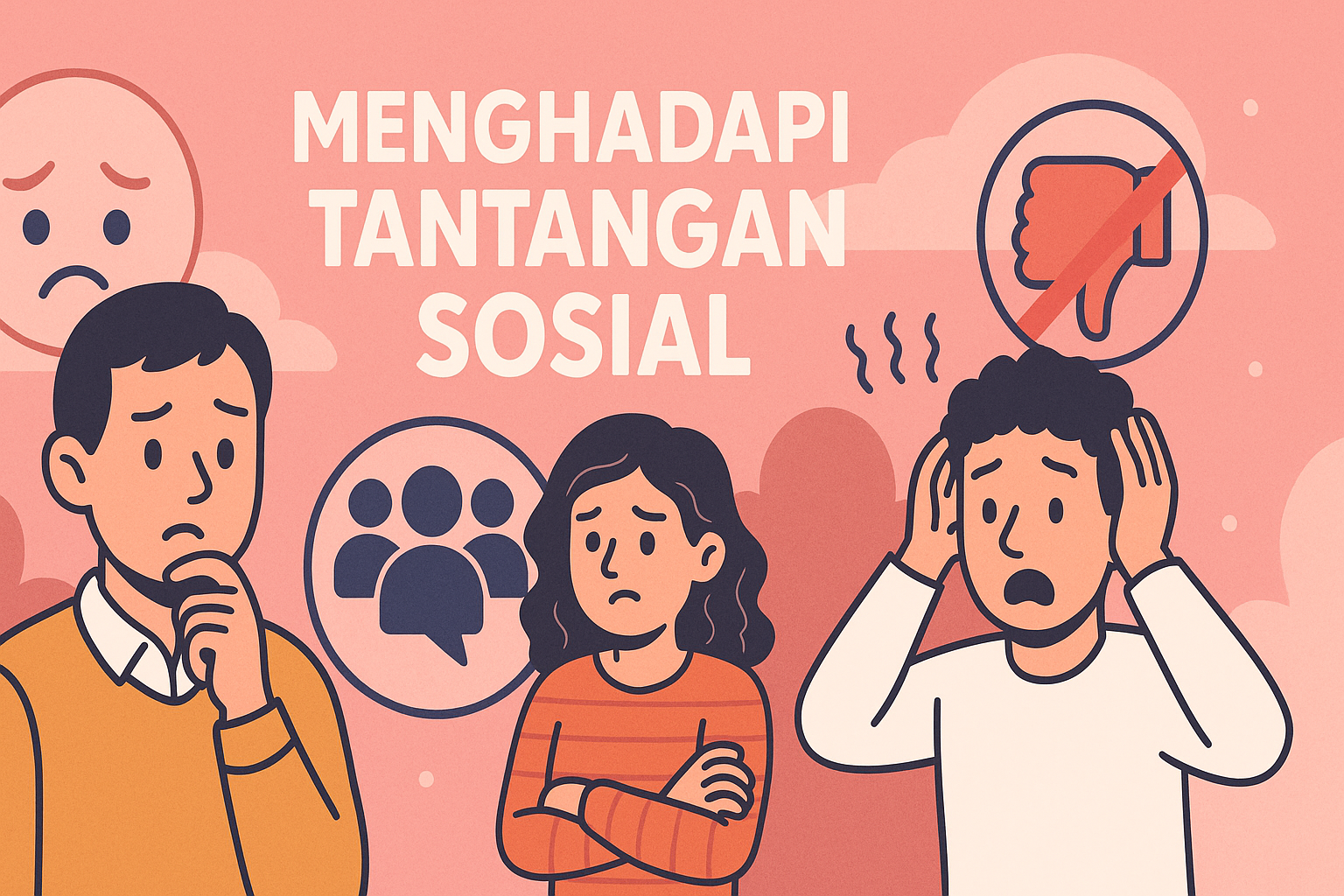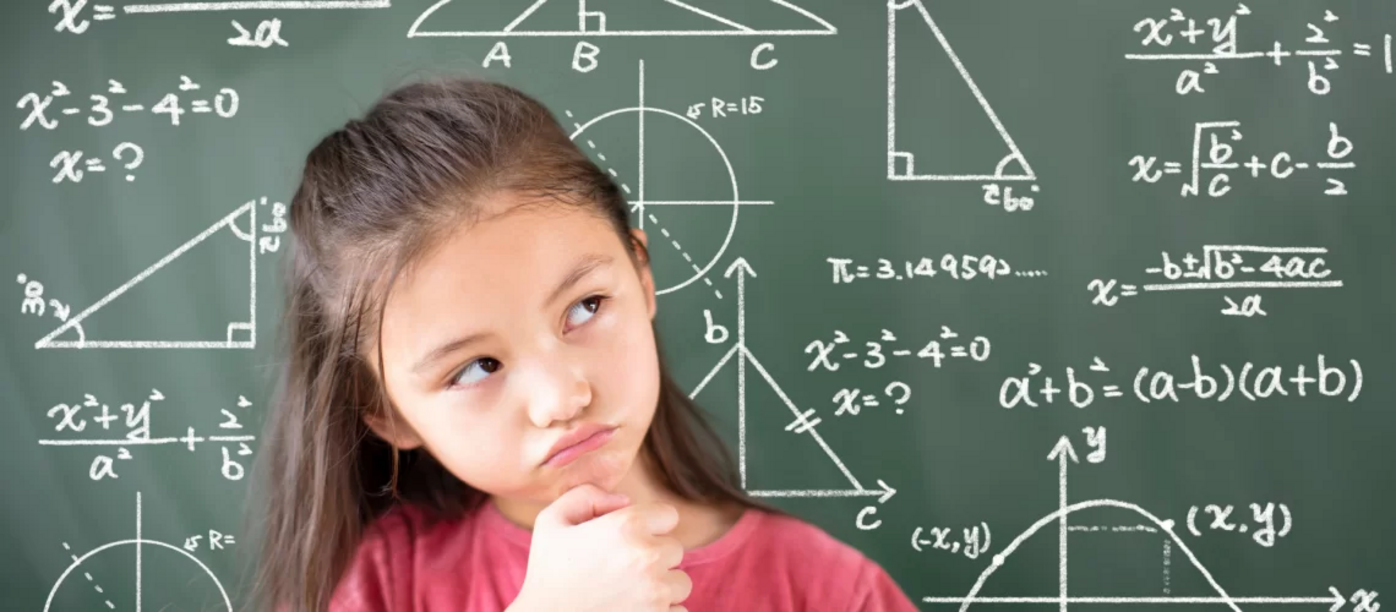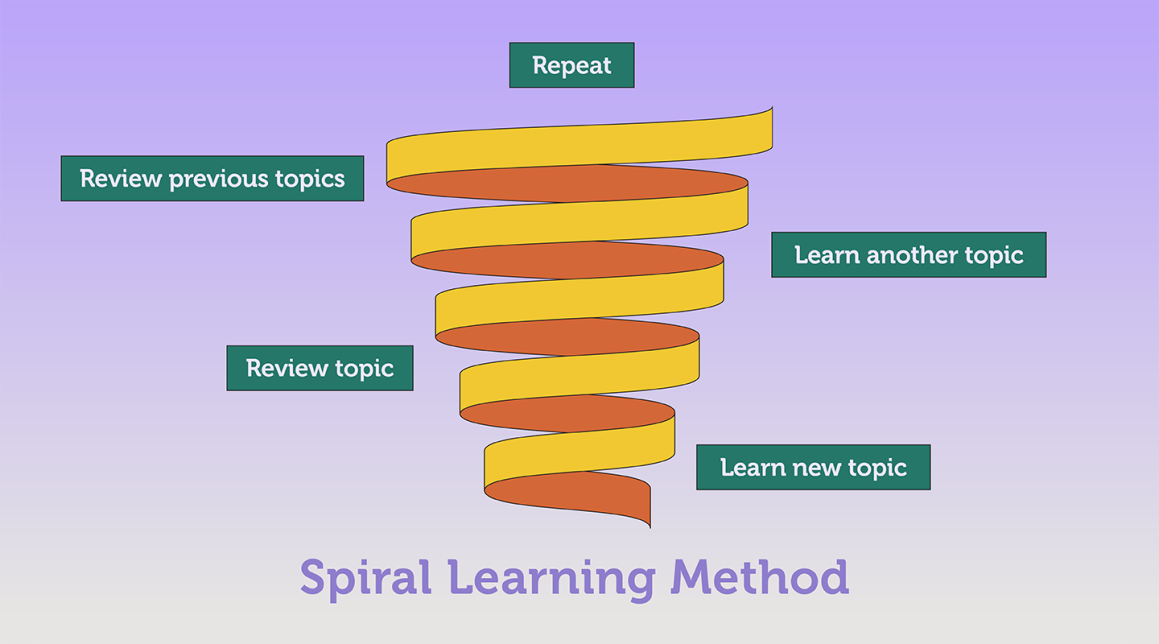
In storytelling, whether in literature, film, television, or theater, the main plot is often the central thread that drives the narrative forward. It is the primary journey, conflict, or goal that the protagonist pursues. However, beneath this dominant storyline lies a rich network of secondary narratives known as subplot. These subplots are not mere distractions or filler; they are essential components that deepen the story, enrich characters, and enhance thematic complexity.
This discussion explores the nature of subplots, their functions, types, and how they weave through main plots to create a more engaging and layered narrative experience.
Understanding Subplots: Definition and Purpose

A subplot is a secondary storyline that runs parallel to the main plot. It involves supporting characters, alternative conflicts, or complementary themes that intersect with or diverge from the protagonist’s primary journey. Though subordinate in prominence, subplots serve several crucial purposes:
- Character Development: Subplots provide opportunities to explore secondary characters more fully, revealing motivations, backstories, and growth arcs.
- Thematic Reinforcement: They echo, contrast, or complicate the main themes, adding depth and nuance.
- Pacing and Variety: Subplots introduce variation in tone, mood, and tension, preventing monotony and maintaining audience interest.
- Plot Complexity: They create interwoven conflicts and resolutions, making the narrative more intricate and rewarding.
- Emotional Engagement: Subplots can evoke different emotional responses, broadening the story’s impact.
Without subplots, stories risk becoming one-dimensional, focusing narrowly on a single trajectory and potentially losing richness and realism.
Types of Subplots
Subplots can take various forms depending on their relationship to the main plot and characters. Some common types include:
1. Romantic Subplots
Often found in many genres, romantic subplots explore relationships between characters, adding emotional stakes and personal conflict. These subplots can support the main plot by motivating characters or create tension through competing desires.
2. Character-Driven Subplots
These focus on the growth or challenges of supporting characters. For example, a best friend’s personal struggle or a mentor’s backstory can serve as a subplot that enriches the main narrative.
3. Thematic Subplots
Subplots that explore parallel or contrasting themes to the main plot. For instance, if the main plot centers on justice, a subplot might explore mercy or corruption.
4. Conflict Subplots
Secondary conflicts that may involve antagonists, rivalries, or external pressures. These can intersect with the main conflict or provide obstacles for the protagonist.
5. Comic Relief Subplots
Especially in dramas or thrillers, lighthearted or humorous subplots offer relief from tension, balancing the narrative tone.
How Subplots Interact with the Main Plot
Effective subplots are intricately woven into the main plot, creating a cohesive narrative fabric. Their interaction can take several forms:
- Parallel Progression: The subplot unfolds alongside the main plot, mirroring or contrasting its events.
- Intersection: Subplot events directly influence or are influenced by the main plot, affecting outcomes or character decisions.
- Foreshadowing: Subplots can hint at future developments in the main plot, building suspense.
- Resolution: Subplots often culminate in a climax or resolution that complements or contrasts the main plot’s conclusion.
The degree of integration varies; some subplots are tightly interlinked, while others provide thematic or emotional counterpoints.
Examples of Subplots in Literature and Film
Classic Literature
- “To Kill a Mockingbird” by Harper Lee: The main plot focuses on racial injustice, while subplots explore childhood innocence, family dynamics, and moral growth.
Film and Television
- “The Godfather”: Beyond Michael Corleone’s rise to power, subplots involving family loyalty, betrayal, and personal sacrifice enrich the narrative.
- “Breaking Bad”: The main plot follows Walter White’s transformation, while subplots explore Jesse Pinkman’s struggles, family tensions, and law enforcement pursuits.
Crafting Effective Subplots
To create compelling subplots that enhance the main story, writers should consider:
- Relevance: Subplots should relate to the main plot’s themes or character arcs, avoiding distractions.
- Balance: Maintain appropriate pacing and screen/page time to keep subplots engaging without overshadowing the main plot.
- Integration: Ensure subplots intersect meaningfully with the main storyline.
- Resolution: Provide satisfying conclusions to subplots, either tying them into the main plot’s resolution or standing as meaningful independent arcs.
The Impact of Subplots on Audience Experience
Subplots contribute significantly to audience engagement:
- Emotional Depth: Multiple storylines evoke a wider range of emotions.
- Relatability: Diverse characters and conflicts allow more viewers or readers to connect personally.
- Suspense and Surprise: Intertwined subplots create opportunities for twists and reveals.
- Narrative Richness: The story feels more realistic and immersive, reflecting the complexity of real life.
Potential Pitfalls of Subplots
While subplots are valuable, poorly handled secondary narratives can cause issues:
- Overcomplication: Too many subplots can confuse or overwhelm the audience.
- Distraction: Irrelevant or weak subplots may detract from the main story.
- Unresolved Threads: Leaving subplots hanging can frustrate viewers or readers.
Careful planning and editing help avoid these pitfalls.
Conclusion: The Art of Weaving Subplots Into Main Plots
Subplots are the threads that weave through the fabric of storytelling, adding texture, color, and complexity. They transform simple narratives into rich tapestries of human experience, reflecting the multifaceted nature of life itself. By developing secondary narratives that complement and challenge the main plot, storytellers create works that resonate deeply and linger long after the final page or scene.
In mastering the art of subplot, writers invite audiences into a world where every character’s journey matters, every theme is explored, and every story feels alive.







